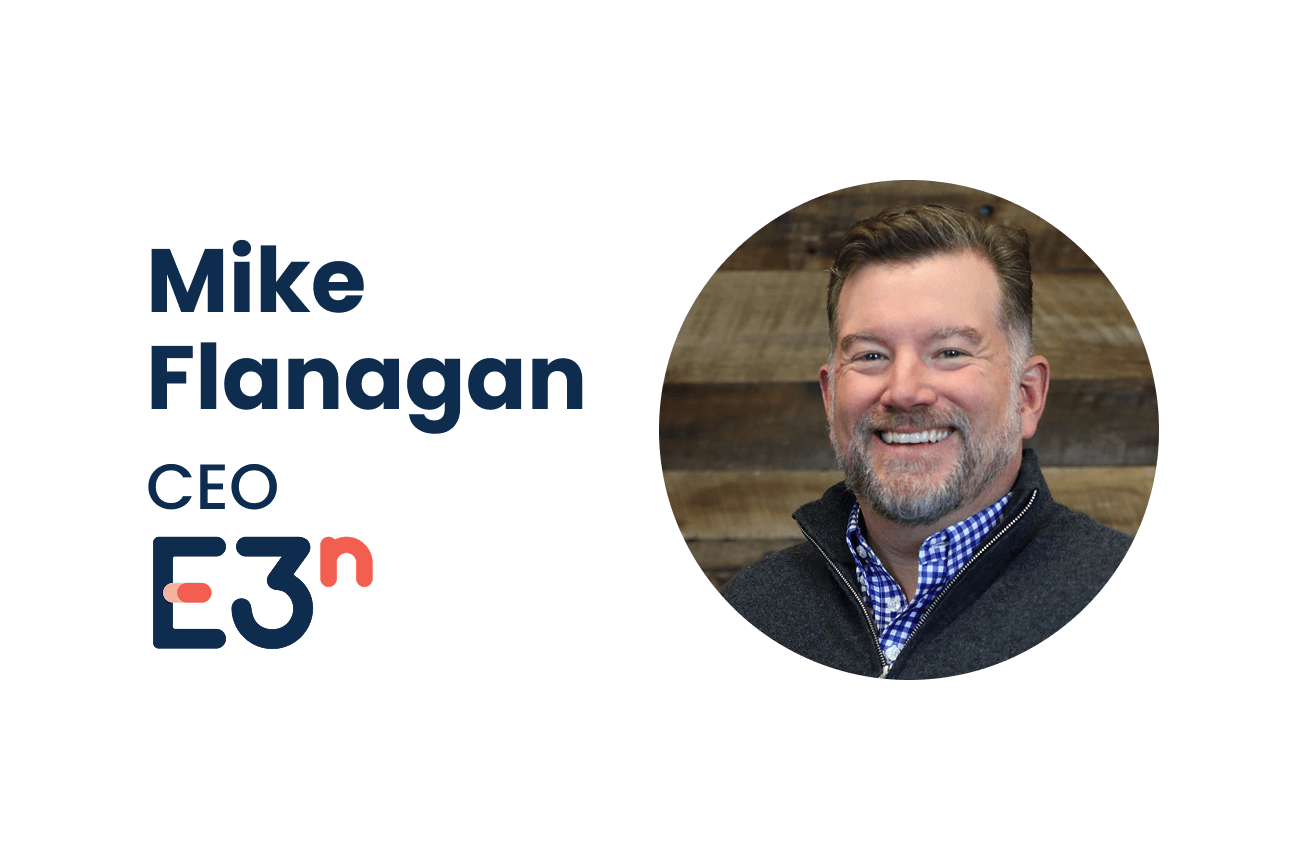Effective Leadership in Enrollment Management

Over the years, my work experiences have afforded me opportunities to work in large and small teams in subordinate and leadership positions. These varied positions have given me perspective and a deeper understanding of the nuances of human interaction and successful leadership in the workplace. Joel Kurzman, in his book Common Purpose - How Great Leaders Get Organizations to Achieve the Extraordinary, wrote: “Great leaders not only must connect; they must develop a knack for sensing - for lack of a better word - the emotional tone of the group.” This insight is a reminder of the value of authentic relationships.
In the admission arena we place great importance on the power of personal touches in our interactions with families. Strength in leadership relies on the ability to see that same value in personal touches within our teams. Common purpose turns the me into we, straddling a delicate balance of holding people close while simultaneously giving them space to grow.
The content covered in the Leadership in Enrollment Management certificate program at USC’s Rossier School of Education, Center for Enrollment Research, Policy, and Practice (CERPP) has been vast and wide-ranging. We covered topics that included data collection and analysis, evaluating ROI, retention, financial aid, effecting change within our institutions, garnering institutional support, meeting enrollment goals and targets, and the important topics of access, equity, and diversity. The readings were insightful and the conversations thought-provoking. As I continue my work in the admission field, I will carry with me the leadership insights of Joel Kurtzman, Jerry Lucido, and Bill Durden:
Power of Grey. First, there is Bill Durden’s concept of the “power of grey.” It’s in the grey that we find the nuances that bring the human element into the process. In an ever-changing school community, having flexibility, being accepting of change, and reading between the lines are essential leadership skills.
Common Purpose. The idea of turning me into we is critical. Joel Kurzman stresses the importance of always being able to sense the emotional tone of the group. Employee morale is an essential ingredient in successful leadership and a strong leader is in tune with these dynamics, addressing and shifting the tone when necessary. One must build a sense of inclusiveness to create connection and acceptance within the group.
Collaborate. Successful leaders know how to effectively collaborate. Collaboration and communication draw out each person’s strengths. Giving people room to share and pursue ideas helps to keep everyone invested in the overall mission.
Professional Development. The programmatic decisions a school makes should be research-based. Utilizing outside research to support internal decisions is the best way to get a community on board and aligned. This is true in the admission and enrollment management arenas as well. Successful leaders make data-driven decisions and value the impact of professional development to educate and stretch the team. Creating opportunities for professional growth through continued education enables common purpose among the team.
The Long Haul. Be flexible and patient; change takes time. It can be a slow climb and it’s important to know that we are in it for the long haul. Despite the uncertainty of the future given changing demographics, successful leadership requires patience and persistence.




